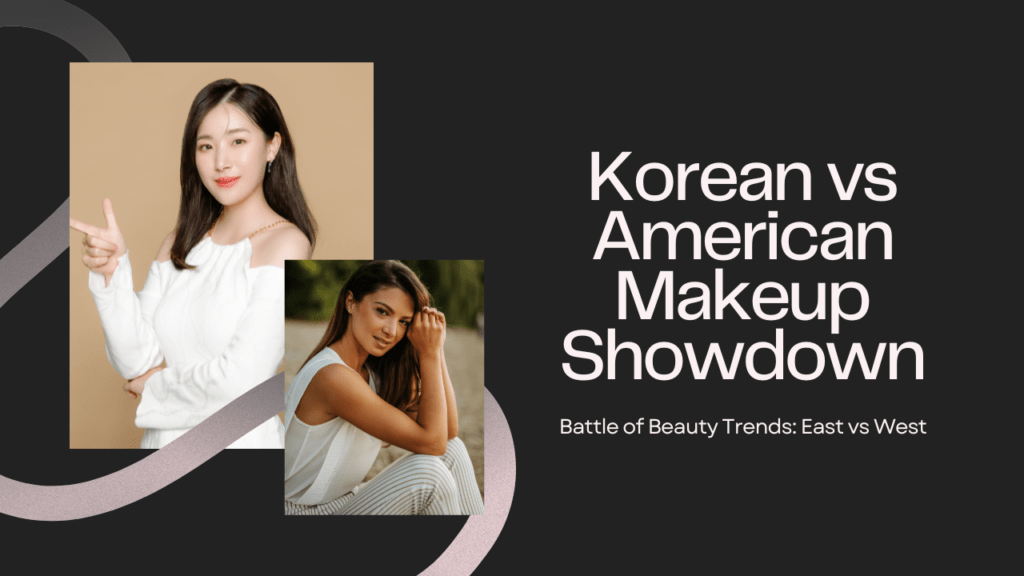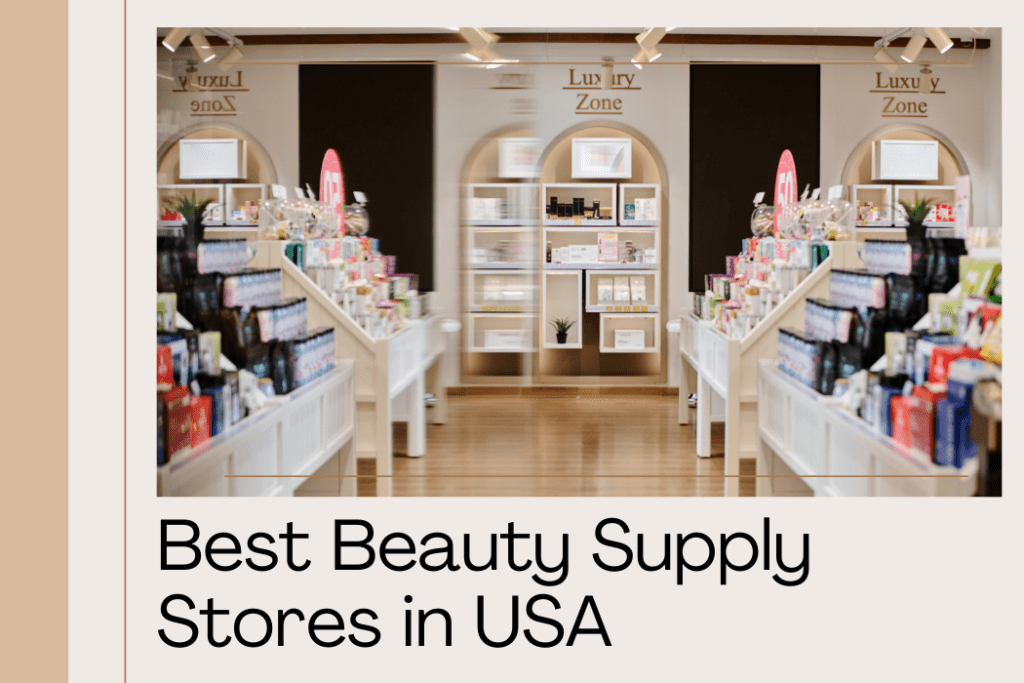When analyzing the beauty industry through a PESTLE framework, you’ll uncover how external factors influence its landscape. From political regulations shaping product ingredients to economic shifts impacting pricing strategies, each element plays a crucial role.
Social trends, technological advancements, legal considerations, and environmental concerns all interplay in this dynamic sector. By understanding these influences, you can grasp the complexities that beauty companies navigate daily.
As you explore further, you’ll realize the strategic implications and challenges that arise, offering a glimpse into the intricate world of beauty business strategies.
Political Factors
When analyzing the political factors affecting the beauty industry, it’s important to take into account the impact of government regulations on product ingredients and safety standards. Government bodies often set guidelines regarding the use of certain ingredients in beauty products to guarantee consumer safety.
For example, regulations on the use of parabens or phthalates due to potential health risks have shaped product formulations.
Additionally, political decisions on animal testing have also influenced the industry, leading to a shift towards cruelty-free practices. Understanding these political factors is vital for beauty companies to comply with regulations, adapt their product offerings, and maintain consumer trust.
Stay informed about evolving political landscapes to navigate regulatory changes effectively.
Economic Factors
You must understand how market trends impact the beauty industry and shape consumer behavior.
The economic factors play a pivotal role in determining pricing strategies within the beauty sector.
Analyzing the interplay between market trends and pricing strategies is key to grasping the economic landscape of the beauty industry.
Market Trends Impact
An analysis of the economic factors influencing market trends in the beauty industry reveals significant shifts in consumer spending patterns and purchasing behavior.
With changing economic landscapes, consumer preferences and behaviors in the beauty industry are constantly evolving.
Here is a table illustrating the current market trends impact:
| Market Trend | Impact on Beauty Industry |
|---|---|
| Online Shopping | Increased sales of beauty products through e-commerce platforms |
| Sustainability | Growing demand for eco-friendly and cruelty-free beauty products |
| Influencer Marketing | Influencers shaping consumer choices and brand loyalty |
Pricing Strategies Influence
Pricing strategies wield a significant influence on the beauty industry’s economic dynamics, directly impacting consumer behavior and market competitiveness.
In this industry, pricing plays an essential role in shaping consumer perceptions of product value and quality.
Premium pricing strategies often signal exclusivity and luxury, attracting a specific target market willing to pay higher prices for perceived superior products.
On the other hand, competitive pricing can enhance market share by appealing to price-sensitive consumers.
Dynamic pricing strategies, such as discounts and promotions, are commonly used to stimulate sales and clear inventory.
Additionally, pricing decisions are closely tied to cost structures, profit margins, and overall business sustainability in the beauty industry’s competitive landscape.
Social Factors
One significant element that influences the beauty industry is the prevailing social norms and cultural perceptions regarding beauty standards.
These factors play a vital role in shaping consumer preferences, trends, and purchasing behaviors within the industry.
Social media platforms have amplified the influence of societal standards, with trends evolving rapidly based on popular culture and influencers.
The increasing focus on diversity and inclusivity has prompted beauty brands to expand their product ranges to cater to a wider audience.
Additionally, the growing emphasis on sustainability and ethical practices has led to a shift towards eco-friendly and cruelty-free products.
Understanding and adapting to these social factors are essential for beauty companies to stay relevant and resonate with consumers in today’s dynamic market landscape.
Technological Factors
Social media platforms have revolutionized the beauty industry, and now, let’s explore how technological advancements continue to shape this sector through various factors.
The rise of augmented reality (AR) and virtual reality (VR) technologies has transformed the way consumers interact with beauty products.
AR beauty apps allow users to virtually try on makeup before making a purchase, enhancing the online shopping experience.
Additionally, advancements in skincare technology, such as personalized skincare apps and devices that analyze skin conditions, have empowered consumers to make informed choices about their beauty routines.
E-commerce platforms and mobile apps have also made beauty products more accessible, enabling customers to shop anytime, anywhere.
Legal Factors
You need to be aware of the regulatory compliance challenges in the beauty industry, as they can greatly impact your operations and market access.
Intellectual property protection is important for safeguarding your unique formulations, branding, and innovations from infringement.
Additionally, adhering to strict product safety standards is vital to guarantee consumer trust and loyalty in a highly competitive market.
Regulatory Compliance Challenges
Exploring the regulatory terrain in the beauty sector poses significant challenges for businesses aiming to guarantee legal compliance.
From ingredient restrictions to labeling requirements, navigating the intricate network of regulations is vital to avoid penalties and maintain consumer trust.
The beauty industry is subject to strict laws concerning product safety, advertising claims, and environmental impact.
Staying up-to-date on evolving regulations, such as those related to animal testing bans or chemical usage limitations, is essential for long-term success.
Failure to comply with these regulations can lead to costly lawsuits, damaged reputation, and even product recalls.
Therefore, investing in robust compliance measures and legal counsel is crucial to mitigate risks and ensure adherence to the ever-changing regulatory landscape.
Intellectual Property Protection
Traversing the legal landscape of intellectual property protection in the beauty industry requires a keen understanding of trademark, patent, and copyright laws.
Safeguarding your brand’s unique aspects, such as logos, product formulations, and creative works, is vital in this competitive market.
Trademarks protect brand names and logos, ensuring consumers can easily identify your products.
Patents safeguard innovative product designs or technologies, granting exclusive rights for a specified period. Copyrights protect original artistic and literary works, preventing unauthorized use or reproduction.
By maneuvering through these legal frameworks effectively, you can shield your intellectual property from infringement and maintain a competitive edge.
Collaborating with legal experts can help you navigate the complexities of intellectual property protection and mitigate risks in the dynamic beauty industry.
Product Safety Standards
Exploring the world of product safety standards within the beauty industry involves a meticulous understanding of the legal landscape governing the quality and safety requirements for cosmetic and personal care products.
When delving into this area, consider the following key aspects:
- Regulatory Compliance: Stay abreast of regulations like the FDA in the U.S. or the EU Cosmetics Regulation to guarantee adherence to safety standards.
- Ingredient Safety: Scrutinize the safety of ingredients used in products to prevent harmful effects on consumers.
- Labeling Requirements: Pay attention to accurate labeling of products with necessary information like ingredients, warnings, and usage instructions.
- Product Testing: Conduct thorough testing to validate product safety and efficacy before launching them into the market.
Environmental Factors
When discussing the environmental factors of the beauty industry, there are several important topics to cover. These factors can have significant impacts on both the industry and the environment.
Here are some key topics to consider:
Sustainability Practices
Eco-friendly Packaging: The shift towards biodegradable, recyclable, and reusable packaging materials.
Sustainable Sourcing: Ethical sourcing of ingredients, including the impact on local ecosystems and communities.
Waste Reduction: Strategies to minimize waste production in manufacturing, packaging, and distribution processes.
Impact of Ingredients
Natural vs. Synthetic Ingredients: The environmental footprint of natural ingredients compared to synthetic ones.
Toxicity and Biodegradability: The impact of chemical ingredients on the environment and their ability to break down safely.
Palm Oil and Deforestation: The use of palm oil in beauty products and its link to deforestation and habitat loss.
Carbon Footprint
Manufacturing Processes: Energy consumption and greenhouse gas emissions from production facilities.
Transportation and Distribution: The environmental impact of shipping products globally.
Renewable Energy: The adoption of renewable energy sources by beauty companies to reduce carbon emissions.
Water Usage and Pollution
Water-intensive Production: The amount of water required in the production of beauty products.
Water Pollution: The release of harmful substances into water bodies during manufacturing and after product use.
Regulations and Compliance
Environmental Regulations: Compliance with local and international environmental regulations.
Certifications and Standards: Importance of certifications like USDA Organic, Fair Trade, and cruelty-free labels.
Consumer Awareness and Behavior
Green Consumerism: The growing demand for eco-friendly and sustainable beauty products.
Education and Transparency: Efforts by brands to educate consumers about the environmental impact of their products and practices.
Corporate Social Responsibility (CSR)
CSR Initiatives: Programs and initiatives by beauty companies to address environmental issues.
Community Engagement: Partnerships with environmental organizations and support for conservation projects.
Innovative Solutions
Green Chemistry: Development of environmentally friendly chemical processes and ingredients.
Circular Economy: Implementing a circular economy model to reduce waste and promote recycling and reusability.
Technological Advancements: Innovations in product formulation and packaging to reduce environmental impact.
By covering these topics, you can provide a comprehensive overview of the environmental factors affecting the beauty industry and highlight the efforts being made to create a more sustainable and eco-friendly future.
Conclusion
The PESTLE analysis of the beauty industry reveals the complex interplay of political, economic, social, technological, legal, and environmental factors shaping market trends and strategic decisions.
Understanding and adapting to these influences are essential for companies seeking success in this competitive and rapidly evolving landscape.
By staying informed about industry developments and embracing innovative approaches, beauty businesses can navigate challenges, capitalize on opportunities, and drive growth in the dynamic beauty market.

